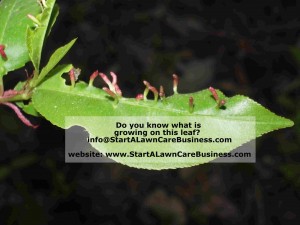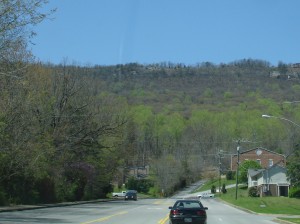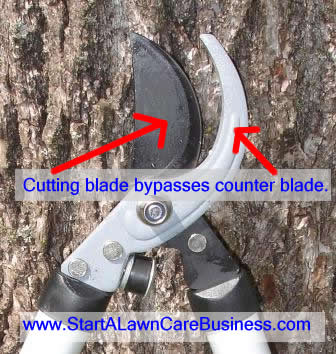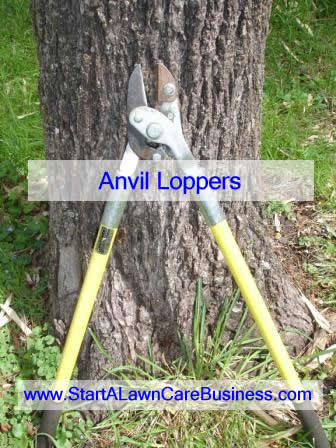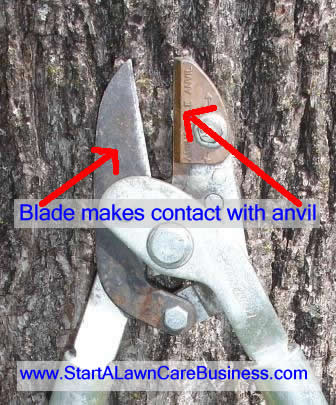http://www.StartALawnCareBusiness.com
Today’s Trivia Question: What’s on this leaf?
I love coming across new information in the field of lawn care and landscaping. The challenge of a new discovery keeps the lawn care business interesting. Anytime you are working in a customer’s lawn, I challenge you to be on the lookout for new discoveries.
Last weekend, during a mountain bike ride and hike on a local mountain trail, I was surveying the trees and plants as I rode by. I came across this interesting leaf and I though it would be fun to see if the readers of this blog know what is growing on (out of) this leaf.
Is it alien invaders?
Homicidal Spores?
A fungus never before seen by man?
We would love to hear your guesses. Comment on this post or send it to your favorite landscaper to see if he/she knows the answer.
